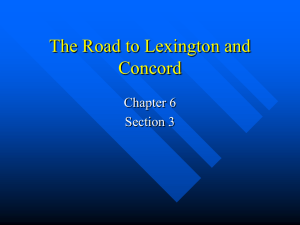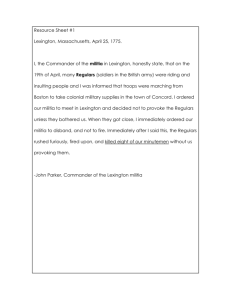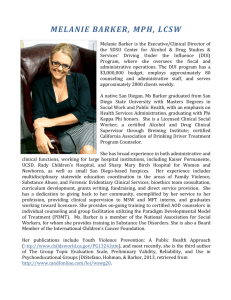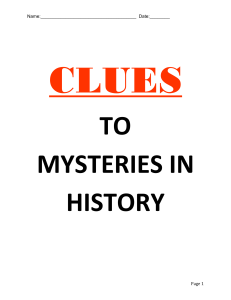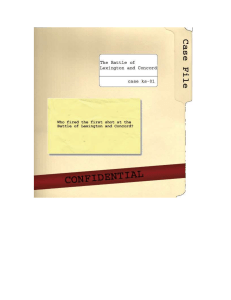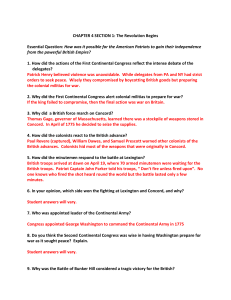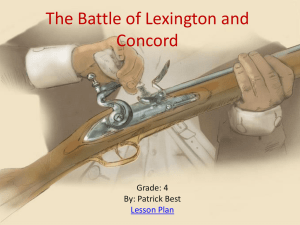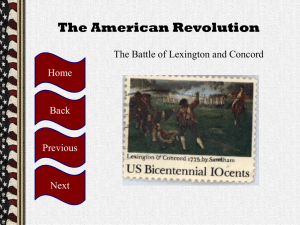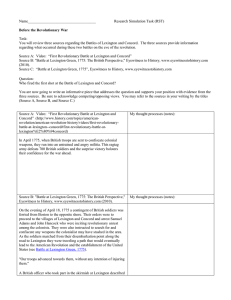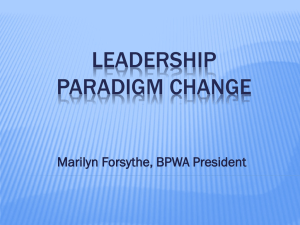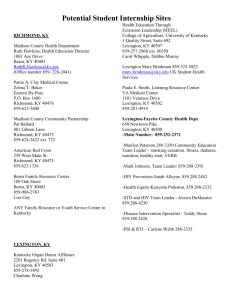Battle of Lexington
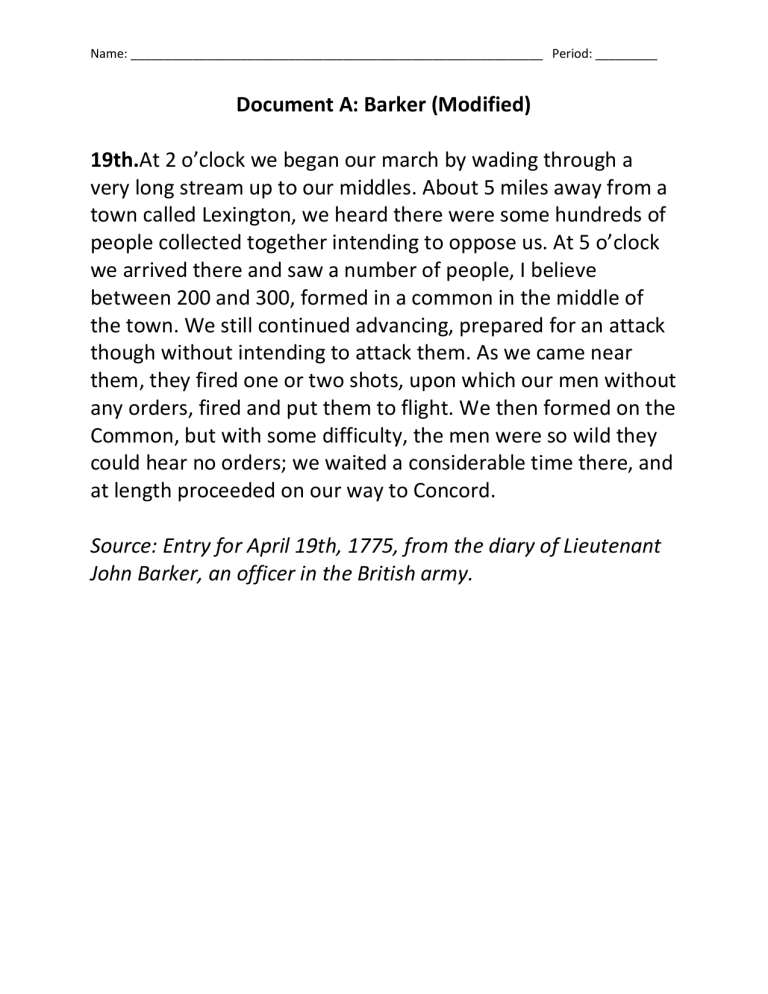
Name: ____________________________________________________________ Period: _________
Document A: Barker (Modified)
19th.At 2 o’clock we began our march by wading through a very long stream up to our middles. About 5 miles away from a town called Lexington, we heard there were some hundreds of people collected together intending to oppose us. At 5 o’clock we arrived there and saw a number of people, I believe between 200 and 300, formed in a common in the middle of the town. We still continued advancing, prepared for an attack though without intending to attack them. As we came near them, they fired one or two shots, upon which our men without any orders, fired and put them to flight. We then formed on the
Common, but with some difficulty, the men were so wild they could hear no orders; we waited a considerable time there, and at length proceeded on our way to Concord.
Source: Entry for April 19th, 1775, from the diary of Lieutenant
John Barker, an officer in the British army.
Document B: Mulliken (Modified)
We Nathaniel Mulliken, Philip Russell, (Followed by the names of 32 other men present on Lexington Green on April 19,
1775)…All of lawful age, and inhabitants of Lexington…do testify and declare, that on the nineteenth of April, about five o’clock in the morning, we proceeded towards the Green, and saw a large body of troops marching towards us. Some of our men were coming to the Green, and others had reached it, at which time, they began to disperse. While our backs were turned on the British troops, they fired on us, and a number of our men were instantly killed and wounded, not a gun was fired by any person in our company on the British soldiers to our knowledge before they fired on us, and continued firing until we had all made our escape. Lexington, April 25, 1775.
Source: Sworn by 34 minutemen on April 25 before three
Justices of the Peace.
Document A: Barker
What can we determine based on this particular source? (Who wrote it, where was it written, where was it published, etc.)
Next, let’s contextualize the document. How does the setting of this document impact the author’s words?
How many minutemen did Barker say he encountered? Do you think he’s exaggerating based on your prior knowledge of this topic?
Do you think he’s telling the truth? Why or why not?
Document B: Mulliken
What can we determine about this document based on the source?
Contextualizing: What story do the minutemen tell? How does this differ from Barker’s account?
Close Reading: What is the significance of the phrase “to our knowledge”?
Corroboration (Use Both Documents to Answer the Question)
What account do you find more reliable? Why? Are there any facts that both accounts agree on?
Amos Doolittle, 1775
Henry Sandham, 1886 (Printed as a Stamp in 1925 and again for 1975 Bicentennial)
Which of these images is probably more accurate based on our reading of the documents?
Why would the Post Office commission a stamp with an inaccurate image?
Is it irresponsible for the Post Office to commission such a stamp?
Assignment: Rewrite the textbook excerpt about Lexington, telling the story of the first shots of the
Revolutionary War. What happened at the Battle of Lexington? This should be one paragraph 7-10
sentences typed.
